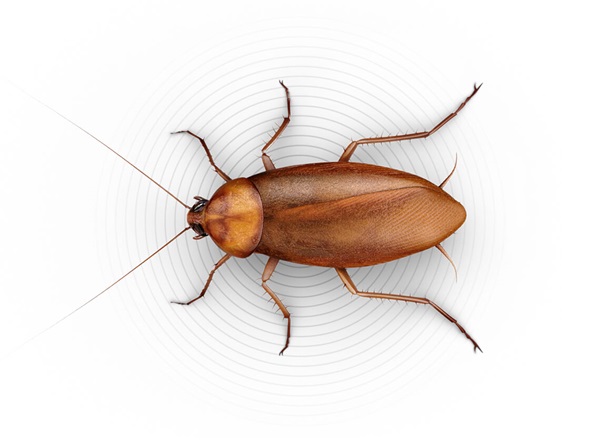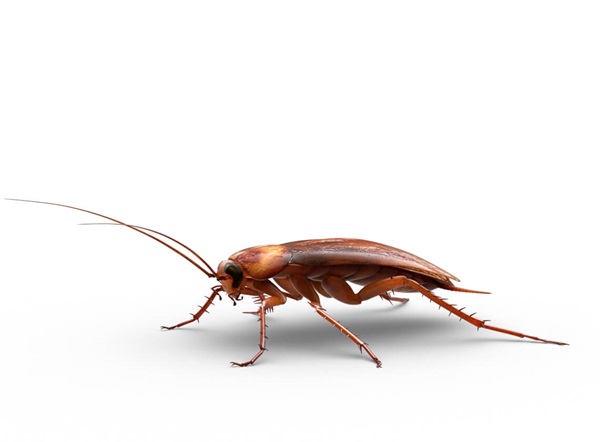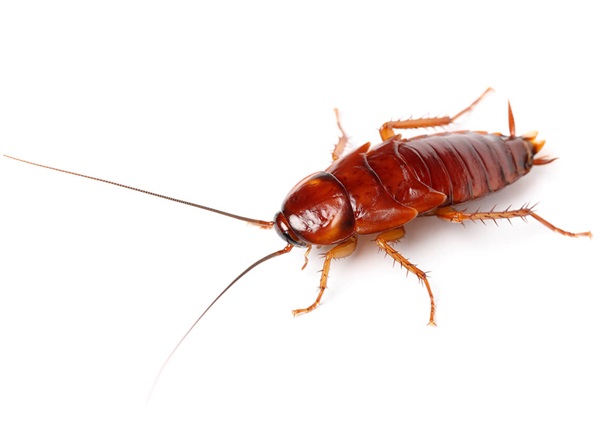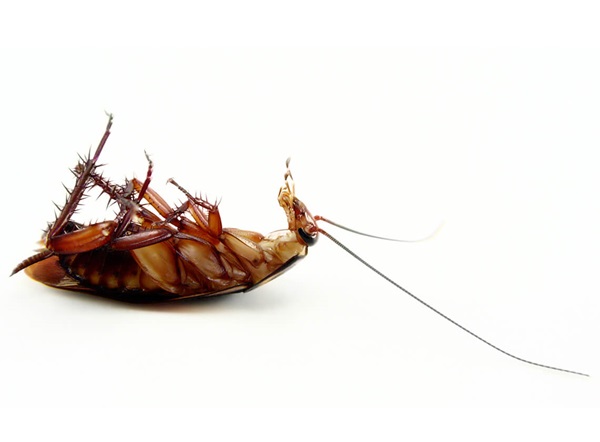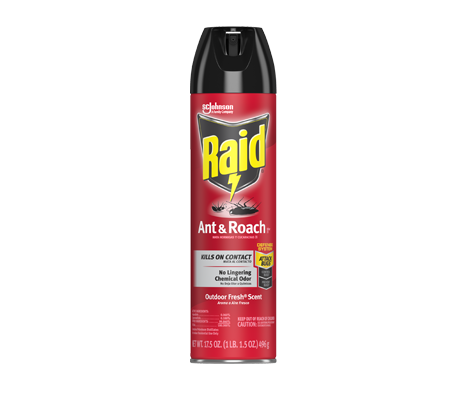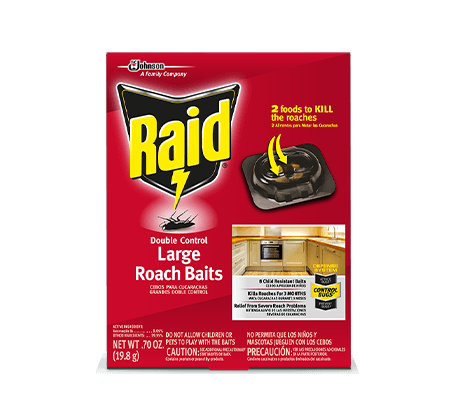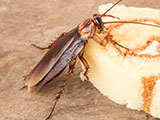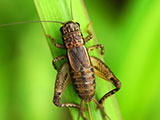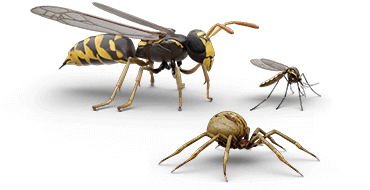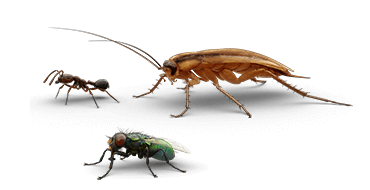Large Roaches
Periplaneta sp.
-

SIZE
3/4in to 1-1/2in long
-

COLOR
-

BITE OR STING
Rarely
-

WINGS
Yes
COMMONLY MISTAKEN FOR
General Information
The sight of large cockroaches scampering across the kitchen floor when you turn on a light is enough to frighten and disgust most people. But large cockroaches aren’t just creepy: they can also contaminate your food and spread harmful bacteria. While these roaches can be difficult to control, you can take proactive steps to help banish large cockroaches in the house.
-
Large cockroaches encompass a variety of species that are commonly known as American roaches, palmetto bugs, and Australian, brown, and smoky brown roaches.
-
Adult roaches are up to 1 inch long and generally rest in the daytime.
-
After dark, they come out of hiding to mate and forage for food.
-
Large roaches can fly but are most often seen running quickly in and out of homes, storage areas, and garages.
Details
IN SOUTHERN HOMES WITH YARDS
-
In warmer climates, large cockroaches tend to live outdoors.
-
They are often found around the foundation of the home, near patios and porches, or under mulches, shrubs, and other plant material.
-
Once inside, large roaches can be found hiding in dark, humid areas like laundry rooms, utility rooms, basements, garages, and crawl spaces, as well as anywhere they can find food.
IN NORTHERN HOMES AND APARTMENTS
-
In cooler climates, large cockroaches can be found outdoors only in semi-warm areas like sewer systems and steam tunnels.
-
Indoors, you can find them in storage areas, building basements, garbage collection areas, and in the kitchen searching for food.
-
Large cockroaches come inside looking for food, water, and shelter, especially during very cold or hot weather.
-
Large roaches are especially attracted to foods with sugar, starch, or grease. However, they will eat almost anything, including pet food.
-
Some large roaches can pick up, carry, and spread harmful bacteria, such as Salmonella, to other surfaces that they walk across.
-
Many people are scared or repulsed by roaches due to their unsightly appearance and smell.
ELIMINATE THINGS THAT ATTRACT COCKROACHES
-
Remove food spills and exposed food, especially near appliances.
-
Store food in sealed containers.
-
Don’t leave dirty dishes in the sink.
-
Take out the garbage regularly and tie it closed tightly.
-
Toss out old boxes and newspapers that serve as good hiding places and are hard places to treat.
-
Clean and vacuum regularly, especially behind ovens, microwaves, toasters, and refrigerators.
-
Keep food out of bedrooms and living rooms.
-
Keep basements and storage areas dry.
SEAL POINTS OF ACCESS TO HELP KEEP ROACHES OUT
-
Caulk cracks and crevices where roaches can enter from the outside or neighboring units.
-
Do not store items like firewood or other debris near the home as this can provide areas for outdoor roaches to hide and breed.
-
Identify and repair indoor water leaks that provide moisture and high humidity that attract large cockroaches.
AVOID COMMON ROACH CONTROL MISTAKES
-
Do not place cockroach baits or gels on areas that have been sprayed with a liquid or aerosol insecticide. Roaches traveling over sprayed areas will die before they have a chance to bring the bait back to the nest.
-
Never spray the bait with an aerosol or liquid insecticide or the roaches will not eat it.
-
When using roach baits or gels, be sure to remove competing food and water sources so the pests are forced to eat the bait.
-
Replace roach baits as prescribed on the label or when they are completely eaten.
-
Optimize roach control by placing more baits and positioning them closer to where the roaches hide during the day.
-
Remember to place cockroach baits around the access points of the home (entrances, openings, soffits, under steps, the garage) to intercept the roaches as they travel to and from the home.
